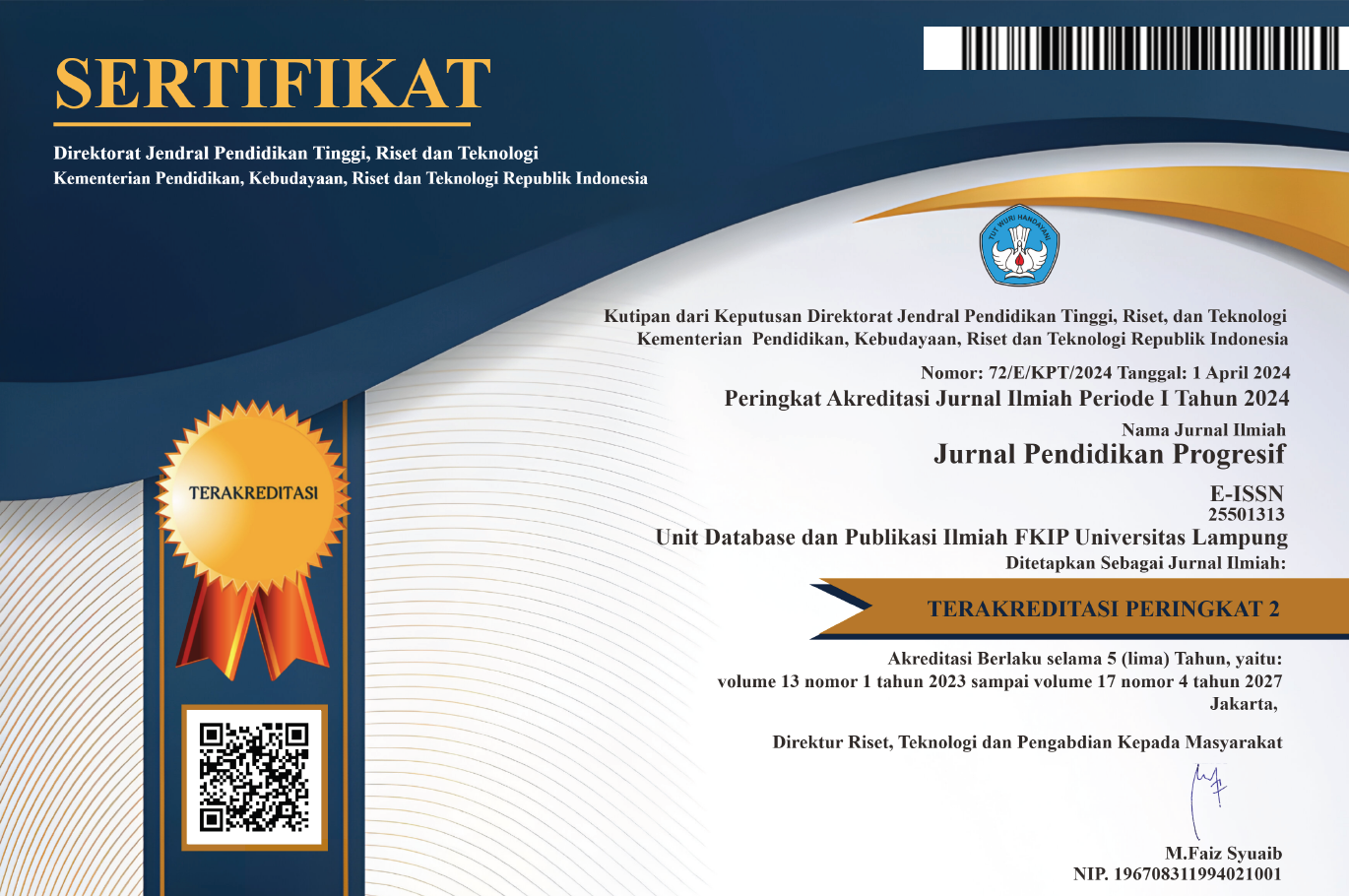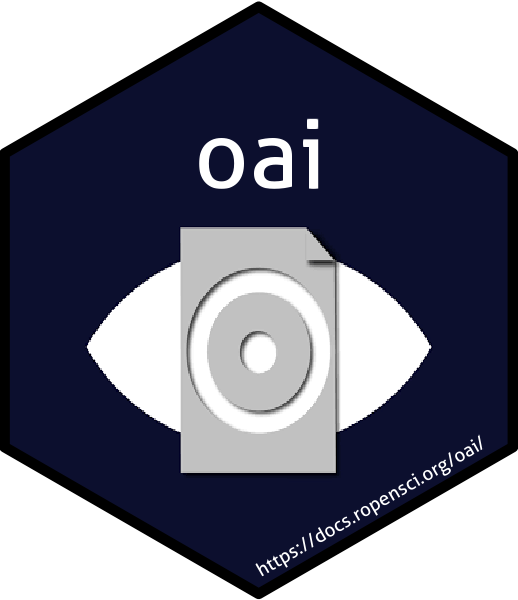Elementary Teachers' Acceptance of Merdeka-Based Digital Teaching and Learning Media: A Study of the UTAUT Model
 Country:
Country:
(1) Master’s Program in Elementary Teacher Education, Universitas Pendidikan Indonesia, Indonesia, Indonesia
(2) Master’s Program in Elementary Teacher Education, Universitas Pendidikan Indonesia, Indonesia, Indonesia
(3) Master’s Program in Elementary Teacher Education, Universitas Pendidikan Indonesia, Indonesia, Indonesia
(4) Department of Elementary Teacher Education, Universitas Lampung, Indonesia, Indonesia
Elementary Teachers' Acceptance of Merdeka-Based Digital Teaching and Learning Media: A Study of the UTAUT Model. Objective: The purpose of this study is to assess the level of acceptability among elementary school teachers towards Merdeka-based learning media and teaching materials. It is imperative to comprehend the factors that influence teacher acceptability in order to guarantee the efficacy of digital learning media, given the growing demand for technology integration in education. Methods: The correlational survey method along with the Unified Theory of Acceptance and Use of Technology (UTAUT) model approach are employed in this investigation. As many as 100 elementary school instructors in Lampung Province who have experience using Merdeka-based media and teaching materials were included as respondents. Data analysis was conducted using the Structural Equation Modeling (SEM) technique to test the relationships between variables in the acceptance model, and data collection was implemented through closed questionnaires. Findings: Teachers' acceptability levels are positively affected by media and instructional materials that adhere to the Merdeka framework. The primary factors that contribute to this acceptance are attitudes toward technology, affective needs, routines of using ICT, perceptions of learning opportunities, self-efficacy, and social influence. Teachers' behavioral intentions and ICT usage patterns can be significantly elucidated by the SEM model that was developed. Self-efficacy and effort expectancy variables were found to have direct effects, while social influence tended to have a lower impact. Conclusion: Teachers’ acceptance of educational innovations can be improved through the use of interactive and challenging technology-based learning media. This acceptance has favorable consequences for the adoption of innovative teaching strategies that are consistent with the requirements of 21st-century education, as well as for the enhancement of student engagement, learning perseverance, and a profound comprehension of the subject matter.
Keywords: merdeka-based teaching and learning media, teacher acceptance model, UTAUT Model, elementary teacher.
Ageng, Y., & Legowo, S. (2022). Gamifikasi dalam pembelajaran di sekolah dasar. Journal of Islamic Primary Education, 3(1), 13–30.
Ahmed, S., Ali, R., & Hassan, M. (2022). The role of augmented reality in science education. International. Journal of Science Education, 44(2), 89-102.
Ajzen, I. (1991). The theory of planned behavior. Organizational Behavior and Human Decision Processes, 50(2), 179–211. https://doi.org/10.1016/0749-5978(91)90020-T
Alias, N. F., & Razak, R. A. (2023). Exploring the pedagogical aspects of microlearning in educational settings: a systematic literature review. Malaysian. Journal of Learning and Instruction, 20(2), 267–294. https://doi.org/10.32890/mjli2023.20.2.3
Almaiah MA, Alamri MM, Al-Rahmi WM. The effects of effort expectancy and performance expectancy on the behavioral intention to use e-learning systems: empirical study. IEEE Access. 2019;7:155830-40. doi:10.1109/ACCESS.2019.2948323.
Attuquayefio, S., & Addo, H. (2014). Review of studies with utaut as conceptual framework. European Scientific Journal March (Vol. 10, Issue 8).
Avcı, S. (2022). Examining the factors affecting teachers’ use of digital learning resources with UTAUT2. Malaysian Online Journal of Educational Technology, 10(3), 200–214. https://doi.org/10.52380/mojet.2022.10.3.399
Balkaya, İ., & Akkucuk, U. (2021). Determinants of the acceptance of social networking sites: An empirical study with a sample of Turkish students. Technology in Society, 64, 101407. https://doi.org/10.1016/j.techsoc.2020.101407
Bandura, A. (1977). Self-efficacy: Toward a unifying theory of behavioral change. Psychological Review, 84(2), 191–215. https://doi.org/10.1037/0033-295X.84.2.191
Burton-Jones, A., & Straub, D. W. (2006). Reconceptualizing system usage: An approach and empirical test. Information Systems Research, 17(3), 228–246. https://doi.org/10.1287/isre.1060.0096
Chang, A. (2012). UTAUT and UTAUT 2: A review and agenda for future research. In Journal The Winners (Vol. 13, Issue 2).
Compeau, D. R., & Higgins, C. A. (1995). Computer self-efficacy: Development of a measure and initial test. MIS Quarterly, 19(2), 189–211. https://doi.org/10.2307/249688
Deci, E. L., & Ryan, R. M. (1985). Intrinsic motivation and self-determination in human behavior. Plenum.
Davis, F. D. (1989). Perceived usefulness, perceived ease of use, and user acceptance of information technology. MIS Quarterly, 13(3), 319–340. https://doi.org/10.2307/249008
Dwivedi, Y. K., Rana, N. P., Jeyaraj, A., Clement, M., & Williams, M. D. (2019). Re- examining the unified theory of acceptance and use of technology (utaut): towards a revised theoretical model. Information Systems Frontiers, 21(3), 719–734. https://doi.org/10.1007/s10796-017-9774-y
García, E., & Torres, A. (2023). Flipped classroom and student achievement: a meta-analysis. Educational Research Review, 32, 208-222.
Gómez-Chova, Luis. (2023). EDULEARN23 Proceedings 15th International conference on education and new learning technologies: Palma, Spain, 3-5 July, 2023. IATED Academy.
Gün Sahin, Z., & Kırmızıgül, H. G. (2023). Teaching mathematics through micro- learning in the context of conceptual and procedural knowledge. International Journal of Psychology and Educational Studies, 10(1), 241–260. https://doi.org/10.52380/ijpes.2023.10.1.1009
Hsieh1, C.-C., & Chiu2, F.-Y. (n.d.). Examining the role of STEM in twelfth-grade robot subject instruction using the UTAUT model.
Hussein, E., Kan’An, A., Rasheed, A., Alrashed, Y., Jdaitawi, M., Abas, A., Mabrouk, S., & Abdelmoneim, M. (2023). Exploring the impact of gamification on skill development in special education: A systematic review. In Contemporary Educational Technology (Vol. 15, Issue 3). Bastas. https://doi.org/10.30935/cedtech/13335
Ifinedo, P. (2017). An empirical analysis of factors influencing users’ adoption of information systems in emerging economies. Information Systems Frontiers, 19(5), 1025–1047. https://doi.org/10.1007/s10796-016-9684-7
Isaias, P., Reis, A., & Issa, T. (2017). Mobile learning in higher education: The case of an institution in Portugal. International Journal of Mobile and Blended Learning, 9(1), 1–14. https://doi.org/10.4018/IJMBL.2017010101
Isibika, I. S., Zhu, C., De Smet, E., & Musabila, A. K. (2023). The influence of user- perceived benefits on the acceptance of microlearning for librarians’ training. Research in Learning Technology, 31. https://doi.org/10.25304/rlt.v31.2930
Javorcik, T., Kostolanyova, K., & Havlaskova, T. (2023). Microlearning in the Education of Future Teachers: Monitoring and Evaluating Students’ Activity in a Microlearning Course. The Electronic Journal of E-Learning, 21(1), 13–25. www.ejel.org
Kalinkara, Y., & Talan, T. (2022). Rethinking evaluating the use of distance learning systems in the context of the unified theory of acceptance and use of technology-2. 9(2), 229–252.
Kim, S. J., & Lee, J. E. R. (2020). The effect of online privacy concern on digital literacy among South Korean university students. Telematics and Informatics, 48, 101346. https://doi.org/10.1016/j.tele.2020.101346
Kusuma, P. A., & Airlanda, G. S. (2022). Pengembangan video klip lagu materi sistem pernapasan manusia untuk siswa sekolah dasar. Jurnal Basicedu, 6(5), 8675–8685. https://doi.org/10.31004/basicedu.v6i5.3899
La Cruz, K. M. L. De, Noa-Copaja, S. J., Turpo-Gebera, O., Montesinos-Valencia, C. C., Bazán-Velasquez, S. M., & Pérez-Postigo, G. S. (2023). Use of gamification in english learning in higher education: a systematic review. Journal of Technology and Science Education, 13(2), 480–497. https://doi.org/10.3926/jotse.1740
Liebenberg, J., Benade, T., & Ellis, S. (2018). Acceptance of e-learning technology by accounting students: An application of the technology acceptance model. Mediterranean Journal of Social Sciences, 9(3), 157-165. https://doi.org/10.2478/mjss-2018-0058
Li, M., & Zhang, Y. (2021). Interactive e-books as tools for enhancing deep learning. Educational Media International, 58(1), 45-60.
Mansha Tahir, M. (2023). Students’ behavioural intention towards adoption of online education: a study of the extended UTAUT Model. 10(3), 392–410.
Marchewka, J. T., & Kostiwa, K. (2014). An application of the UTAUT model for understanding student perceptions using course management software. communications of the IIMA, 7(2). https://doi.org/10.58729/1941-6687.1038
Matyakhan, T., Chaowanakritsanakul, T., Andrew, J., & Santos, L. (n.d.). Implementing gamification to enhance reading engagement and reading comprehension of Thai EFL University Students. Journal: Language Education and Acquisition Research Network, 17(1), 212–239. https://so04.tci- thaijo.org/index.php/LEARN/index
McTighe, J., & Wiggins, G. (2013). Essential questions: opening doors to student understanding. Alexandria, VA: ASCD.
Nilubol, K., & Sitthitikul, P. (n.d.). Gamification: trends and opportunities in language teaching and learning practices. PASAA Journal, 67.
Or, C. (2023a). Revisiting unified theory of technology and use of technology using meta-analytic structural equation modelling. International Journal of Technology in Education and Science, 7(1), 83–103. https://doi.org/10.46328/ijtes.420
Or, C. (2023b). The role of attitude in the unified theory of acceptance and use of technology: a meta-analytic structural equation modelling study. International Journal of Technology in Education and Science, 7(4), 552–570. https://doi.org/10.46328/ijtes.504
Panggalih, R. H., & Handayani, D. E. (2023). Pengembangan media pembelajaran materi sistem pernapasan manusia berbantukan aplikasi sac untuk sekolah dasar. Jurnal Tarbiyah, 30(1), 176. https://doi.org/10.30829/tar.v30i1.2693
Park S, Park M. Factors influencing teachers’ adoption of e-learning in korean schools: focus on performance expectancy. Educ Inf Technol. 2021;26(1):123-43.
Raffaghelli, J. E., Rodríguez, M. E., Guerrero-Roldán, A. E., & Bañeres, D. (2022). Applying the UTAUT model to explain the students’ acceptance of an early warning system in Higher Education. Computers and Education, 182. https://doi.org/10.1016/j.compedu.2022.104468
Shafiee, H. (2023). Flipping in a microlearning way: effects on efl learners’ achievement and motivation in a grammar course. Teaching English With Technology, 2023(1). https://doi.org/10.56297/bkam1691/dfgf8748
Shukla, A. (2021). Exploring the impact of affective needs on mobile gaming: A structural equation modeling approach. Journal of Business Research, 123, 432-442. https://doi.org/10.1016/j.jbusres.2020.09.019
Smith, J., Johnson, L., & Brown, K. (2020). Enhancing student engagement and retention through gamified learning. Journal of Educational Technology, 45(3), 123-135.
Sousa, D. A. (2017). Engaging the rewired brain. bloomington, IN: Solution Tree Press.
Susilawati, E., Abidin, Y., & Kurniawan, D. T. (2023). Use of the UTAUT 2 model to find out acceptance of multimodality learning media web-based elementary school teachers in west java| use of the UTAUT 2 model to find out acceptance of multimodality learning media web-based elementary school teachers in west java. PrimaryEdu : Journal of Elementary Education, 7(2).
Sutrisno, L. T., Abidin, Y., & Kurniawan, D. T. (2023). 240 | Acceptability of web- based multimodality learning media for elementary school teachers in west java acceptability of web-based multimodality learning media for elementary school teachers in west java. PrimaryEdu: Journal of Elementary Education, 7(2).
Thomas, T., Singh, L., & Renville, D. (2020). The Utility of the UTAUT: An application to mobile learning adoption in the caribbean. In International Journal of Education and Development using Information and Communication Technology (IJEDICT) (Vol. 16).
Tiwa, T. M. (n.d.). Gamifikasi dalam pembelajaran siswa sekolah dasar. Jambura Elementary Education Journal, 1, 91–99.
Tomlinson, C. A., & McTighe, J. (2006). Integrating differentiated instruction & understanding by design: connecting content and kids. Alexandria, VA: ASCD.
Venkatesh, V., Morris, M. G., Davis, G. B., & Davis, F. D. (2003). User acceptance of information technology: Toward a unified view. MIS Quarterly, 27(3), 425-478. https://doi.org/10.2307/30036540
Venkatesh, V., Thong, J. Y. L., & Xu, X. (2012). Consumer acceptance and use of information technology: Extending the unified theory of acceptance and use of technology. MIS Quarterly, 36(1), 157–178. https://doi.org/10.2307/41410412
Wang, X., & Lee, J. (2024). AI-powered personalized learning and its impact on student performance. Journal of Learning Analytics, 10(1), 67-83
Wiggins, G., & McTighe, J. (2005). Understanding by design. Alexandria, VA: Association for Supervision and Curriculum Development.
Wiggins, G. (2012). Assessing student performance: exploring the purpose and limits of testing. San Francisco, CA: Jossey-Bass.
Wiggins, G., & McTighe, J. (2011). The understanding by design guide to creating high-quality units. Alexandria, VA: ASCD.
Zhang, X., & Admiraal, W. (2020). Understanding technology acceptance in education: A systematic review. Computers & Education, 145, 103730. https://doi.org/10.1016/j.compedu.2019.103730
Zhou, T. (2014). Understanding online community user participation: A social influence perspective. Internet Research, 24(3), 347–367. https://doi.org/10.1108/IntR-10-2012-0222
Refbacks
- There are currently no refbacks.

This work is licensed under a Creative Commons Attribution-ShareAlike 4.0 International License.
View My Stats






